Long Island Soil Types and Their Effect on Building Foundations
Did you know that approximately 25% of all homes in the U.S. experience foundation damage, much of which is caused by expansive soils? For homeowners in Long Island, understanding local soil types is critical to safeguarding their property. The region’s soil composition varies widely, with certain types posing significant risks to building foundations, particularly expansive soils.
Expansive soils can absorb large amounts of water, swelling during wet periods and shrinking as they dry out. This constant movement places immense stress on foundations, leading to cracks, shifting, and other costly structural problems. Ignoring these risks can result in long-term damage and skyrocketing repair costs.
Whether you’re building a new home or maintaining an existing one, addressing the challenges posed by Long Island soil types ensures your foundation remains secure and your investment protected.
Schedule a Soil Test Today to Protect Your Foundation with Proven Foundation Repair and Support Solutions!
Understanding Long Island Soil Types and their Effect on Building Foundations
The soil beneath your property plays a critical role in the stability and safety of your foundation. Long Island’s expansive clay, sandy, and silty soils frequently cause foundation problems like cracking, settling, water damage, and even structural instability.
How Long Island Soils Affect Foundations
- Expansive Clay:
- Swells when wet, shrinking as it dries, creating constant stress on foundations.
- Leads to cracks, uneven settling, and structural damage over time.
- Sandy Soils:
- Drain quickly but lack the strength needed to support heavy loads.
- Commonly cause foundation settling and shifting.
- Silty Soils:
- Retain water, increasing hydrostatic pressure on basement walls.
- Contribute to leaks, wall bowing, and moisture problems.
Schedule Your Free Assessment Today! Secure Your Foundation and Enjoy the Peace of Mind that Comes from Knowing You’re Protected!
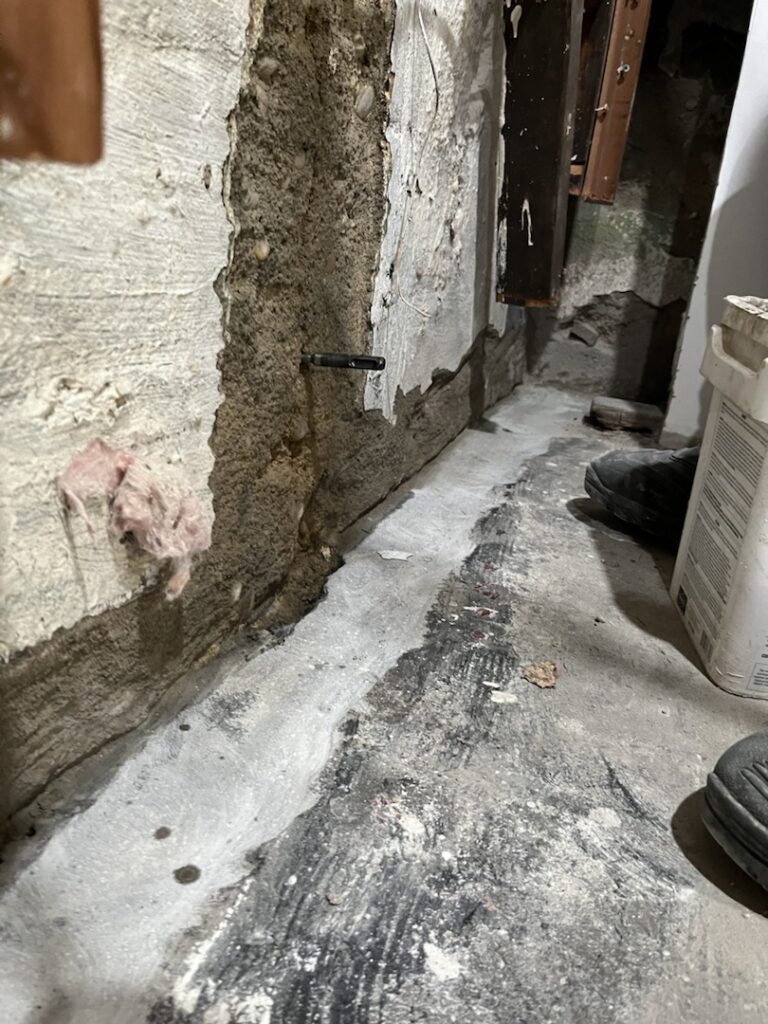
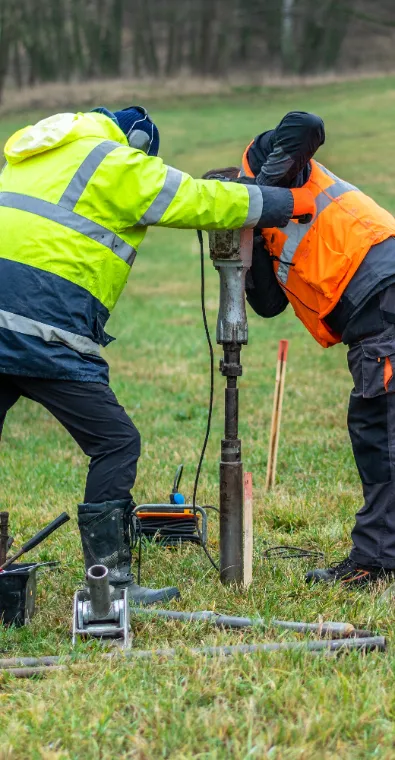
About Long Island's Unique Geology: Where Did Our Soil Types Come From?
Long Island’s diverse soil types are the result of centuries of geological and environmental processes. From glacial activity to coastal influences, the region’s soil has been shaped in ways that significantly impact foundation stability and construction practices.
Key Factors That Shaped Long Island Soils:
Glacial Activity
The Wisconsin Glacier, which receded over 20,000 years ago, deposited a mix of sand, gravel, clay, and silt across Long Island. This variation in deposits has created soils that range from well-draining sandy soils to dense, water-retentive clay.
Coastal Erosion
Tidal movements and sediment deposits along Long Island’s coastline further altered the soil’s composition. Coastal areas often have sandy or silty soils, while inland regions can exhibit a higher clay content.
Organic Decay
Over time, decayed vegetation and other organic materials enriched the soil with nutrients. Organic-rich soils promote fertility but can exacerbate water retention issues in clay-heavy regions.
Erosion and Weathering
Continuous exposure to natural forces like rain and wind has broken down larger particles into finer soil types. This process has contributed to Long Island’s variety of soil textures, each posing unique challenges for construction.
Want to learn more about how Long Island soil types were formed? Click the accordion below to learn more!
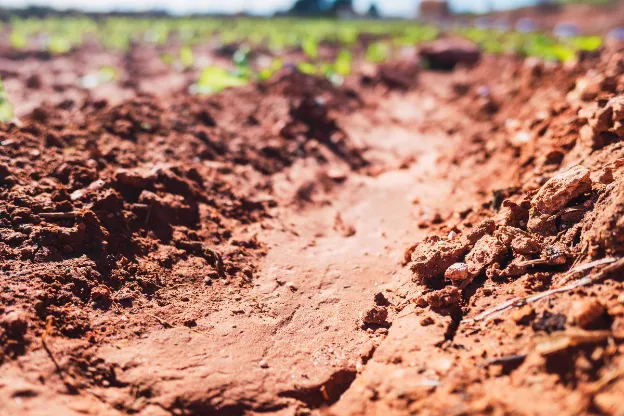
What Are Expansive Soils?
Expansive soils, often referred to as shrink-swell soils, are unique types of soil that undergo significant volume changes in response to moisture levels. These soils contain a high percentage of clay minerals, which expand when wet and contract when dry.
While this behavior might seem minor, it can wreak havoc on building foundations, particularly in areas like Long Island, where our unique environmental problems only make the issue worse.
Characteristics of Expansive Soil
Understanding the unique properties of expansive soil can help identify risks early. Key characteristics include:
- High Water Absorption Capacity: Expansive soils can absorb significant moisture, leading to swelling.
- Seasonal Expansion and Contraction: They expand during wet periods and shrink during dry conditions, causing instability.
- Risk of Structural Damage: The constant movement creates stress on foundations, resulting in cracks and shifts.
- High Water Absorption Capacity: Expansive soils can absorb significant moisture, leading to swelling.
- Seasonal Expansion and Contraction: They expand during wet periods and shrink during dry conditions, causing instability.
- Risk of Structural Damage: The constant movement creates stress on foundations, resulting in cracks and shifts.
Why Expansive Soils Matter
Expansive soils pose three primary threats to foundations:
- Cracks in Walls and Floors: The constant expansion and contraction stress rigid materials.
- Uneven Settling: This can make foundations shift, causing doors and windows to misalign.
- Water Retention Issues: Excessive moisture can worsen hydrostatic pressure on walls, leading to leaks.
Understanding what expansive soils are and how they behave is the first step to mitigating their risks and ensuring your foundation remains stable.
What Are Sandy Soils?
Sandy soils are light-textured, coarse-grained soils that drain quickly and retain little water. Found predominantly in Long Island’s coastal areas, sandy soils are known for their excellent drainage capabilities but also for their lack of stability and nutrient content. These soils can pose unique challenges for building foundations due to their inability to provide firm support.
Characteristics of Sandy Soils
Understanding the unique properties of sandy soils is crucial for addressing their impact on foundations.
Key characteristics include:
- Quick Drainage: Sandy soils allow water to pass through rapidly, reducing the risk of water pooling.
- Low Nutrient Retention: The coarse texture struggles to retain organic matter or nutrients, making it less fertile.
- Lack of Cohesion: The loose composition leads to instability, especially under heavy loads.
Why Sandy Soils Matter
Sandy soils pose specific challenges for construction:
- Shifting or Settling Foundations: The lack of compaction can lead to uneven settling over time.
- Erosion Risks: The loose texture makes sandy soils prone to erosion, which can undermine structural stability.
- Drainage Issues: While quick drainage reduces water buildup, it can also lead to dry conditions that weaken surrounding soil.
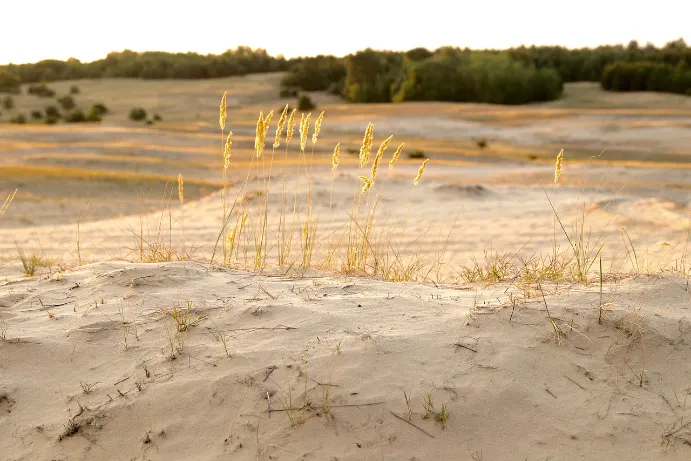
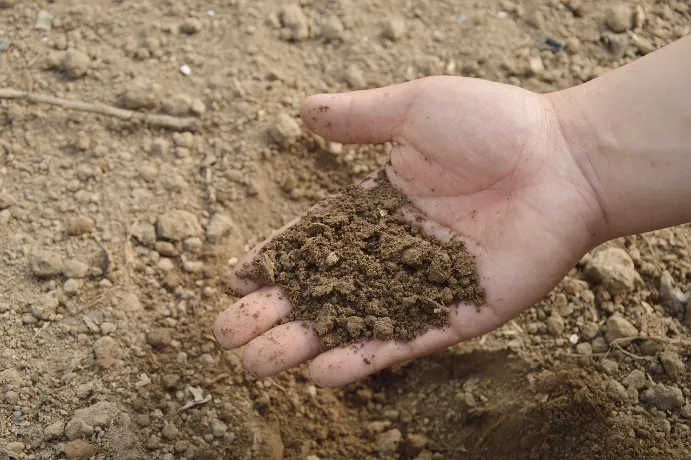
What Are Silty Soils?
Silty soils are fine-grained soils with a soft texture, often found in areas of Long Island with natural drainage basins. These soils retain water more effectively than sandy soils but can become easily compacted. Their fine texture and high water retention make them challenging for construction.
Characteristics of Silty Soils
Key properties of silty soils include:
- Fine Texture: Smooth and slippery when wet, with a powdery feel when dry.
- High Water Retention: Holds more moisture than sandy soils but drains slower.
- Compaction Issues: Easily compacted under pressure, which can limit root growth and soil aeration.
Why Silty Soils Matter for Foundations
Silty soils can cause the following issues for building foundations:
- Hydrostatic Pressure: High water retention can increase pressure on basement walls, leading to bowing or cracking.
- Weak Support: Compaction reduces stability, potentially leading to uneven foundation settling.
- Drainage Problems: Poor drainage can exacerbate water-related foundation issues.
What Are Loamy Soils?
Loamy soils are often considered the ideal soil type due to their balanced composition of sand, silt, and clay. Found in various parts of Long Island, loamy soils combine the best properties of other soil types, offering good drainage, fertility, and stability. However, even loamy soils can present challenges if their composition leans too heavily toward clay or sand.
Characteristics of Loamy Soils
Key properties of loamy soils include:
- Well-Balanced Texture: A mix of sand, silt, and clay offers excellent workability and drainage.
- Nutrient Richness: High organic content makes loamy soil fertile and ideal for vegetation.
- Good Water Retention: Holds moisture without becoming waterlogged, promoting stability.
Why Loamy Soils Matter for Foundations
While generally stable, loamy soils can still impact foundations in specific ways:
- Potential for Minor Shifts: If the loamy soil contains higher clay content, it may expand or shrink with moisture changes.
- Drainage Variations: Composition affects water movement, which could lead to hydrostatic pressure on walls in wetter areas.
- Erosion Concerns: Areas with more sand in the loam may experience minor erosion under heavy water flow.
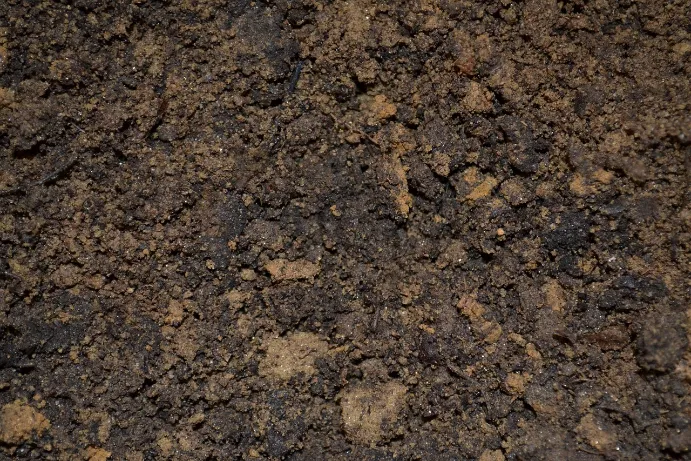
Piers and Piles: Dedicated to Protecting Your Foundation for the Long Term
Long Island’s soil types present unique challenges, but the right solutions can provide lasting stability and peace of mind. At Piers and Piles, we focus on proactive measures and advanced repair techniques to ensure your foundation remains secure, regardless of the soil conditions.
Our approach goes beyond simple fixes; we design tailored foundation support solutions based on a comprehensive understanding of soil behavior and the specific needs of your property.
Here’s how we protect your foundation:
Geotechnical Soil Testing
Our thorough geotechnical soil testing services allow us to design foundations that match your soil’s characteristics, addressing potential issues before they arise.
Ground Improvment
Ground improvement transforms weak or unstable soil into a reliable foundation for construction. Our specialized services enhance soil's load-bearing capacity, reducing settlement risks.
Advanced Foundation Support
Our team is equipped with cutting-edge solutions for complex soil and structural challenges. We have the experience and advanced equipment employs modern engineering techniques to secure your foundation and ensure its durability.
Final Thoughts: Protecting Your Foundation from Long Island Soil Types
Long Island’s soil types, while diverse, can pose serious risks to building foundations if not properly addressed. Expansive clay, sandy, and silty soils all require careful evaluation and tailored solutions to ensure stability and long-term structural integrity. Taking proactive steps like soil testing, stabilization, and implementing appropriate foundation designs can save you thousands in future repairs while protecting your home or business.
Don’t Wait for Foundation Problems to Worsen—Schedule Your Soil Test Today with Piers and Piles!